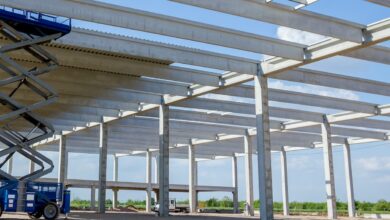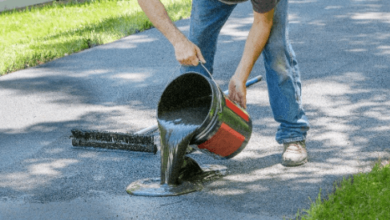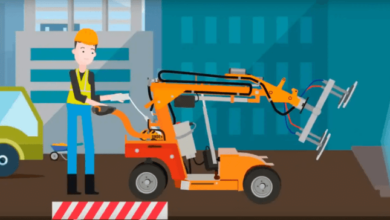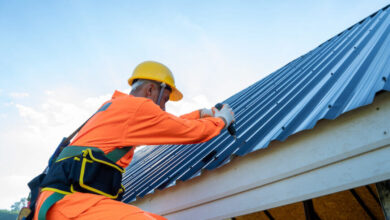Securing Structures: The Essential Guide to Tiebacks

This stabilizing method is a critical component in construction and geotechnical engineering. It is a robust system for stabilizing retaining walls, slopes, and excavations. It involves anchoring walls to solid earth directly behind the structure, using tensioned cables or rods. The application is particularly vital where space constraints prevent traditional reinforcement methods or enhanced stability is required.
Tiebacks are essential in urban construction, where underground utilities and limited access necessitate innovative solutions. These anchors are installed horizontally into the ground to support retaining walls and excavations. By reinforcing the structure from behind, they ensure integrity and safety without extensive disruption to surrounding areas. This method is particularly valuable in dense urban environments, where minimizing impact on nearby utilities and infrastructure is crucial.
How They Work
The Mechanics
They transfer the load from a wall or slope to a stable soil layer deep within the ground. The process begins with drilling horizontal holes into the earth, away from the structure that needs support. Anchors are then inserted into these holes and secured with grout, effectively bonding them to the surrounding soil. Once cured, the exposed ends of the anchors are tensioned against the wall, creating a pulling force that holds the wall firmly in place against lateral earth pressures.
Benefits of Using This Method
Space Efficiency
One of the most significant advantages is their ability to save space. Unlike traditional earth retention techniques that might require large structures or significant land areas, this method can be used within confined spaces without compromising the stability of existing structures.
Cost-Effectiveness
Compared to other methods of shoring and stabilization, this method is cost-effective. It requires less material and labor and can be installed relatively quickly, which reduces overall project costs.
Versatility
Due to their design, they can be adapted for use in various soil types and environmental conditions. They can also accommodate different load requirements, making them suitable for multiple projects, including underpinning existing buildings, constructing tunnels, and supporting excavation sites.
Read also: Transforming Ideas into Stores: Retail Construction Services in Calgary
Applications
Civil Engineering Projects
In civil engineering, this technique is often used to support the walls of excavations required for building foundations, underground parking lots, or subway systems. They provide the necessary stability to prevent collapses during construction.
Landslide Prevention
This method can hold unstable slopes in place, benefiting areas prone to landslides. This application is crucial for protecting roads, homes, and infrastructure in hilly or mountainous regions.
Waterfront Structures
They are also instrumental in constructing and maintaining waterfront structures such as seawalls and bulkheads. They help resist the lateral pressures of water and soil, ensuring the long-term stability of these critical facilities.
Installation Considerations
Engineering and Design
Proper design and engineering are crucial for the successful implementation. A detailed analysis must be conducted to understand the geological conditions and load requirements. This includes assessing soil type, depth, and the presence of groundwater, which can significantly impact the design and placement.
Environmental and Regulatory Compliance
Installation must comply with local building codes and environmental regulations. This includes ensuring the installation does not adversely affect surrounding areas or groundwater sources.
Monitoring and Maintenance
After installation, it is essential to monitor the performance regularly to ensure they continue to function as intended. Maintenance might involve adjusting the tension in the cables or inspecting for signs of corrosion or damage.
Tiebacks are essential in geotechnical engineering, offering a reliable and efficient solution for stabilizing structures against lateral forces. Whether used in urban construction projects or for stabilizing natural slopes, they play a crucial role in ensuring the safety and longevity of various infrastructures. Their adaptability, cost-efficiency, and minimal spatial requirements favor them in modern construction and civil engineering projects.





